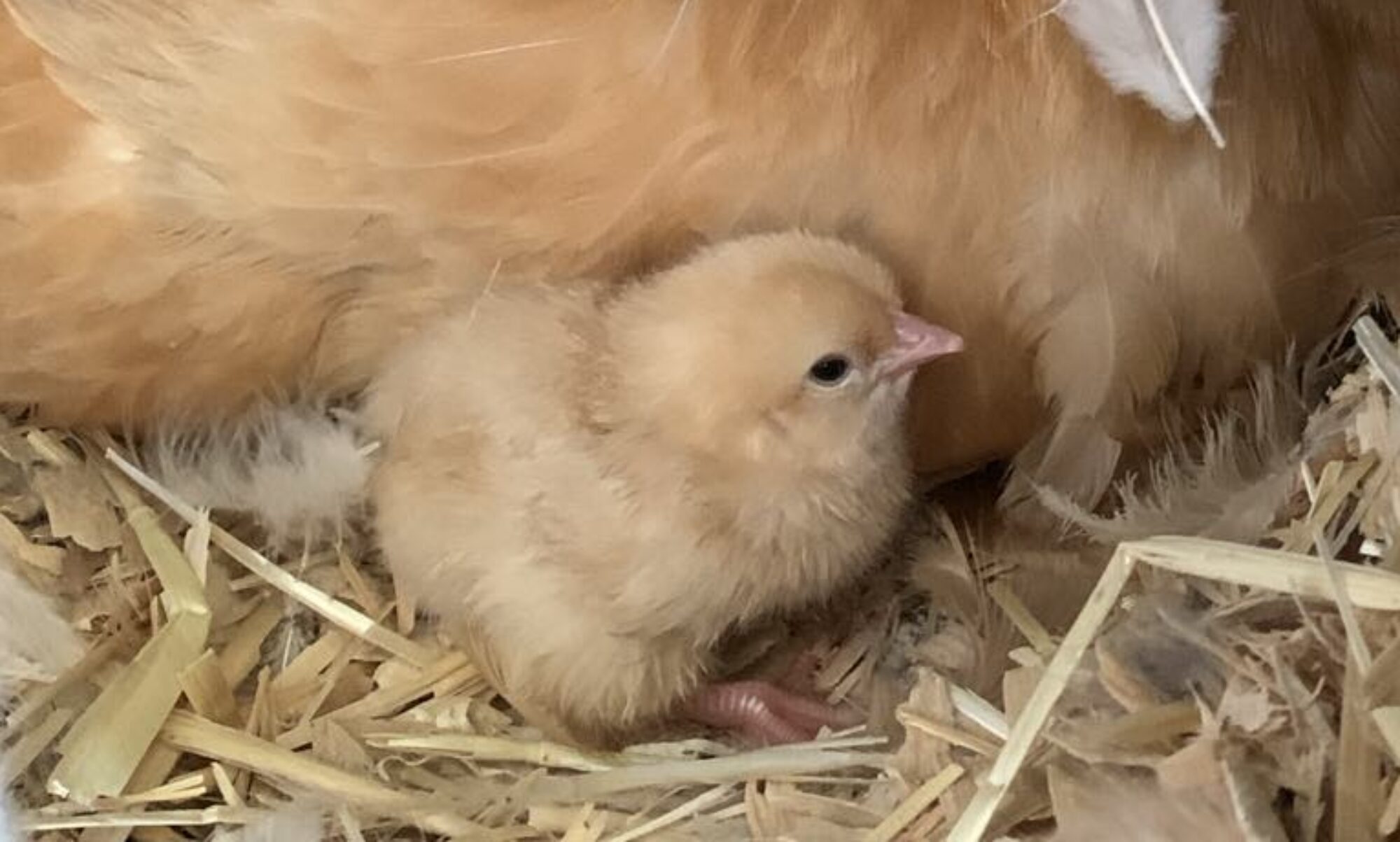Hey folks, Troy here to share one of the projects I’ve been working on: adding wood chips to my last two garden beds. When it comes to maintaining healthy and productive raised garden beds, there is a lot to consider when it comes to cover material. One of the best options available, in my opinion, is wood chips. Here are the top benefits that I’ve found of using wood chips as a cover material for my raised garden beds.

- Natural Insect Repellent
One of the primary benefits of using wood chips is their ability to help keep problematic insects away from your crops. The rough texture and dense cover of wood chips can deter pests from reaching the stems of your plants. Additionally, certain types of wood, such as cedar and pine, contain natural oils that are known to repel insects. This natural defense mechanism can help reduce the need for chemical pesticides, making your garden more eco-friendly and safe for beneficial insects like bees and butterflies.

- Light Reflection and Water Conservation
Especially if you have dark, peaty looking top soil like my garden beds have, using naturally light-colored wood chips can help reflect some of the sunlight, which in turn works to keep the soil cooler. This reflective property is particularly beneficial in hotter climates, as it can prevent the soil from drying out too quickly. By maintaining more consistent soil moisture levels, you can reduce the frequency of watering, which conserves water and saves time. Moreover, cooler soil temperatures can lead to healthier root systems and better overall plant growth.
- Weed Suppression
Weeds are a common nuisance in any garden, but wood chips provide an effective barrier against them. A thick layer of wood chips block sunlight from reaching the soil surface, which prevents weed seeds from germinating. This means less time spent weeding and more time enjoying your garden. But just make sure all of your veggies have sprouted before you add your wood chips, so that they don’t get smothered as well. That is why I had to wait before covering my last two beds. Additionally, as the wood chips break down over time, they add organic matter to the soil, improving its structure and fertility.

Making Your Own Wood Chips
One of the great advantages of using wood chips is that you can easily make your own. Using a small electric wood chipper, I turn all of the small tree branches and other garden debris that I accrue when I do my pre-garden pruning into useful wood chips. This not only provides me with a constant supply of mulch but also helps in recycling garden waste efficiently, and lessens the amount of yard debris that I end up having to throw in the trash. This little Sunjoe chipper has been doing really well for me the last few years, and now that it’s slowing down I am looking at its new big brother as a replacement for next year.

Additional Benefits
* Soil Health Improvement: As wood chips decompose, they enrich the soil with organic matter, enhancing its structure, aeration, and water retention capacity. This leads to healthier, more robust plants.
* Aesthetic Appeal: Wood chips give your garden beds a neat and tidy appearance. They come in various colors and sizes, allowing you to choose the best option to match your garden’s aesthetics.
* Temperature Regulation: Wood chips act as an insulating layer, protecting plant roots from extreme temperature fluctuations. This is particularly useful during unexpected cold snaps or heatwaves.
Conclusion
I would encourage you to try incorporating wood chips as a cover material for your raised garden beds because of their many benefits, from natural pest control and water conservation to weed suppression and improved soil health. By choosing this organic and sustainable option, you can create a more efficient and beautiful garden space. Whether you are a seasoned gardener or just starting out, wood chips can be a valuable addition to your gardening toolkit. If you have had success with this kind of mulching in your garden, please let me know! I’d love to hear about your experience! Happy gardening!
References:
Tennessee Department of Environment and Conservation. (n.d.). Mulch and Mulching. Retrieved from https://www.tn.gov/environment/program-areas/sw-mm-organics/mulch.html
USDA Natural Resources Conservation Service. (n.d.). Mulching to improve soil health. Retrieved from https://www.nrcs.usda.gov/resources/guides-and-instructions/mulching-improve-soil-health.









